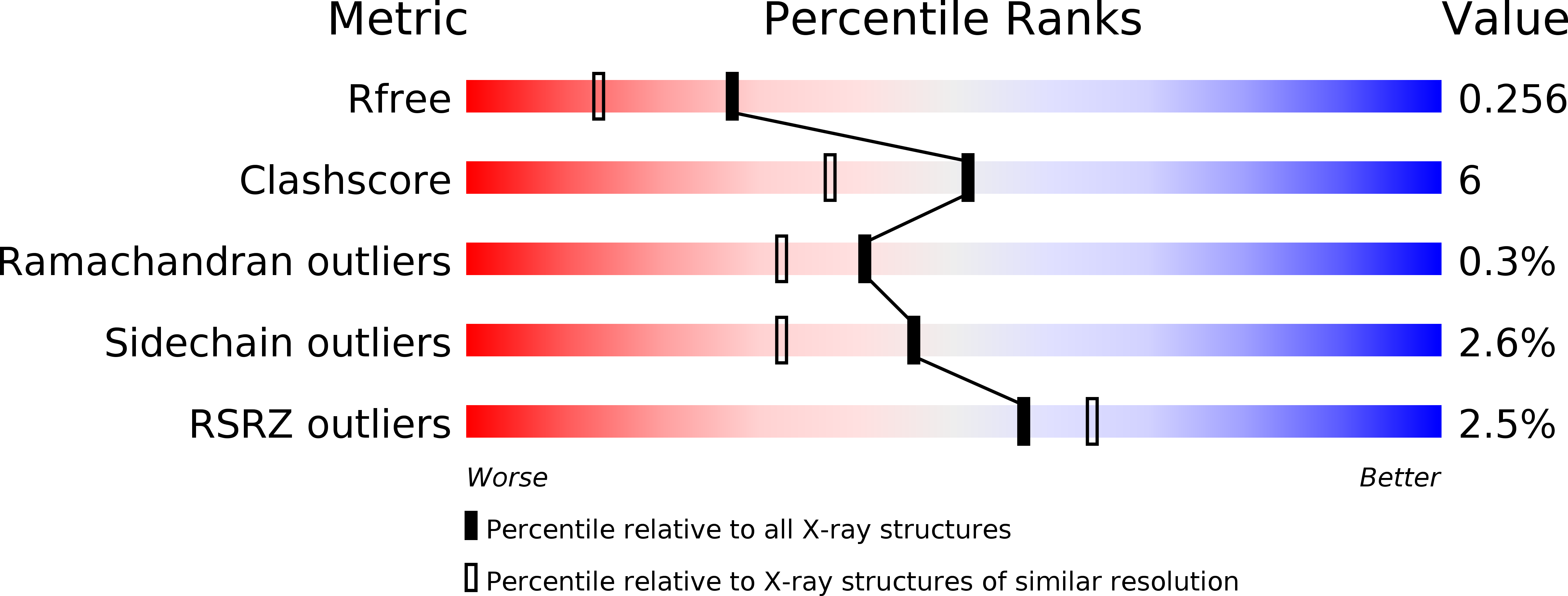
Deposition Date
2011-04-11
Release Date
2011-04-27
Last Version Date
2024-02-21
Entry Detail
PDB ID:
3RHK
Keywords:
Title:
Crystal structure of the catalytic domain of c-Met kinase in complex with ARQ 197
Biological Source:
Source Organism:
Homo sapiens (Taxon ID: 9606)
Host Organism:
Method Details:
Experimental Method:
Resolution:
1.94 Å
R-Value Free:
0.25
R-Value Work:
0.20
R-Value Observed:
0.20
Space Group:
P 1


